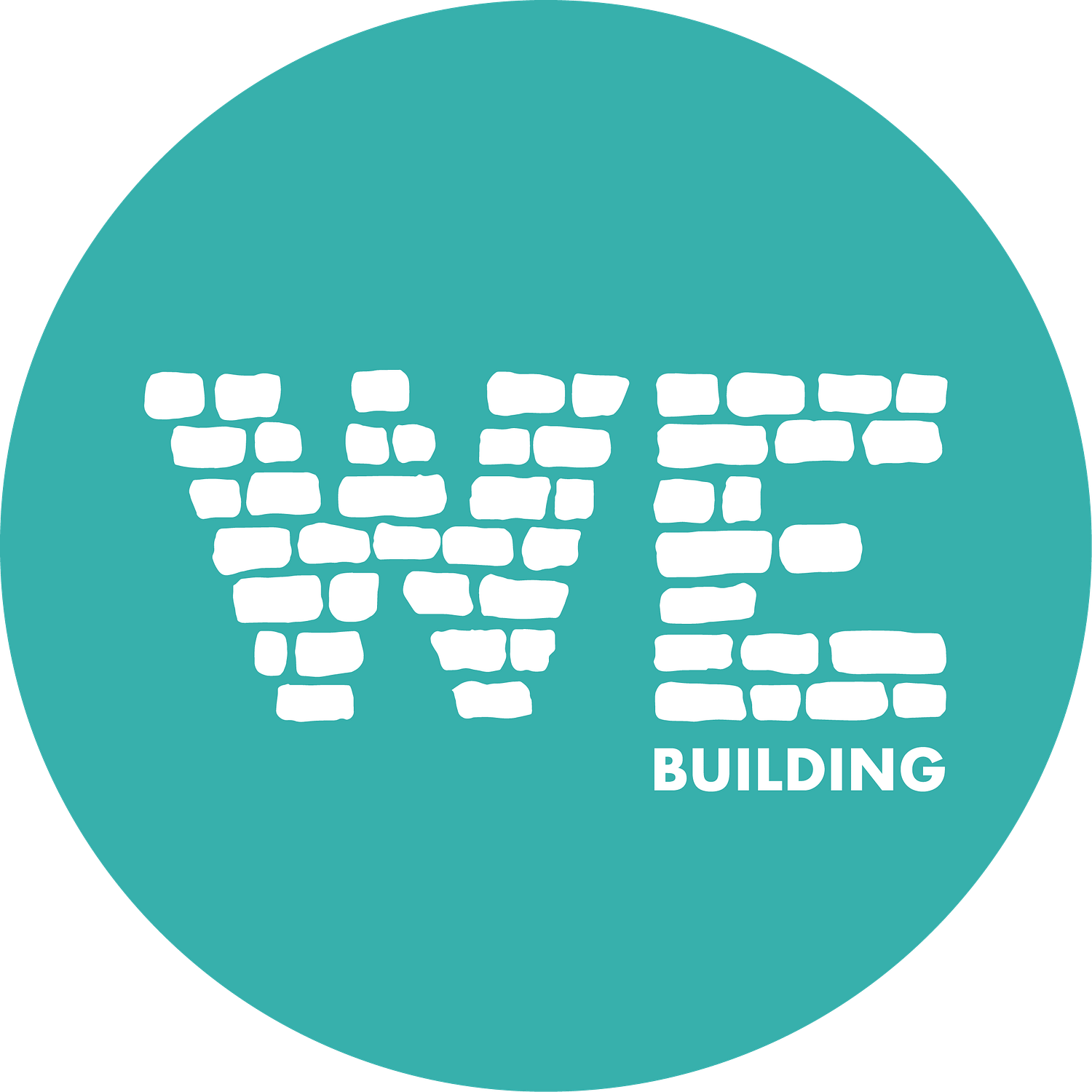
Secondary School in Mencoriari, Peru
Year
2021 – 2022
Location
Mencoriari Native community, Pangoa, Junín, Perú.
Context
Rural, rainforest
Size
2 multipurpose classrooms and a sanitary facility
Service
Financial support, design
Partner
Asociación Semillas para el Desarrollo Sostenible, Local Community, Federal Ministry for Economic Cooperation and Development – Germany
Sustainability
Local employees, participatory processes, timber construction, rainwater harvesting system, natural ventilation, capacity building, local materials
Secondary School in Mencoriari, Peru
This project consists in the expansion of a secondary school in the indigenous community of Mencoriari in the Peruvian jungle to provide access to vocational training for young people in the community. It is developed through interdisciplinary participatory processes that strengthen local community cohesion, and will assist 58 secondary school students in their professional development each year.
Context
The project is located in the indigenous community of Mencoriari in the rural area of the district of Pangoa (Satipo) in the central jungle of Peru. The Pangoa/Satipo area of Peru is very rich in natural resources, but this has never translated into benefits for the local population: Per capita income in Peru is US$969 (UNDP 2012), in the Pangoa district it drops to US$252, and in rural areas it reaches US$76.
Indigenous communities in Peru, and in this area in particular, live in an extremely precarious and isolated situation, both because of the difficult geographical conditions and because of a strong discriminatory component in this region. These indigenous communities remained isolated until the 1940s and have been exploited by mining and forestry companies as cheap labor ever since. They suffered from the violence of Peru’s internal armed conflict, which severely affected this area from 1980 to 2000. The Peruvian state officially recognized the status of indigenous communities in 2000, but no measures were promoted to ensure proper social inclusion. Even today, 21 years after this decree, indigenous communities in this area of Peru do not have access to quality public services, particularly with regard to education and health.
Since 2014, Semillas has been working with local institutions, indigenous communities and their administrations in the Pangoa district. The NGO develops architectural, academic and scientific projects in marginalized contexts through participatory processes. This promotes collaboration between national and international institutions, and stimulates knowledge exchange and sustainable development. In 2014, Semillas developed the research project “The Rural School in the Peruvian Amazon 1.0.” The study identified which sites in the Pangoa area were strategically important for the development of educational infrastructure in the absence of support from the local administration; the research identified the secondary school in the community of Mencoriari as particularly worthy of support.

In 2014, there was not even a paved road connection in the community. The infrastructure of this school was and still is in an extremely poor condition and does not provide the necessary conditions for teaching, lacking classrooms and adequate sanitary facilities. The geographical conditions as well as structural discrimination cause the community to live in a precarious and isolated situation.
Response
The in-depth participatory design process, developed as a way to listen and respond to the needs and resources of the community, included a program of seven workshops before the construction and three workshops after. The final building design of two laboratories was a culmination of the extensive participation between Semillas and the community.
The design opens to the rest of the school, offers a visual connection to the rainforest, and collects rainwater. The two laboratories are connected by a rigid core which hosts technological equipment and storage. The technology lab is on one side of the building and the horticulture lab is on the other. The new toilet module includes two showers, three sinks that make use of the rainwater harvesting system, and three toilets.




